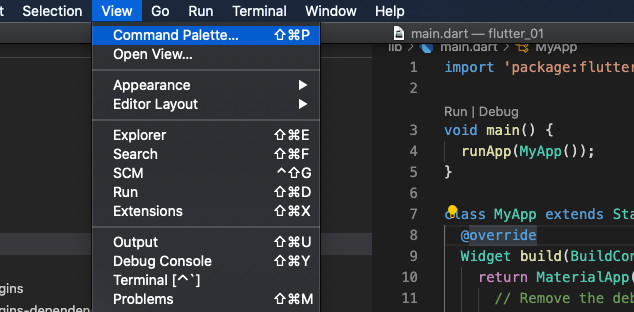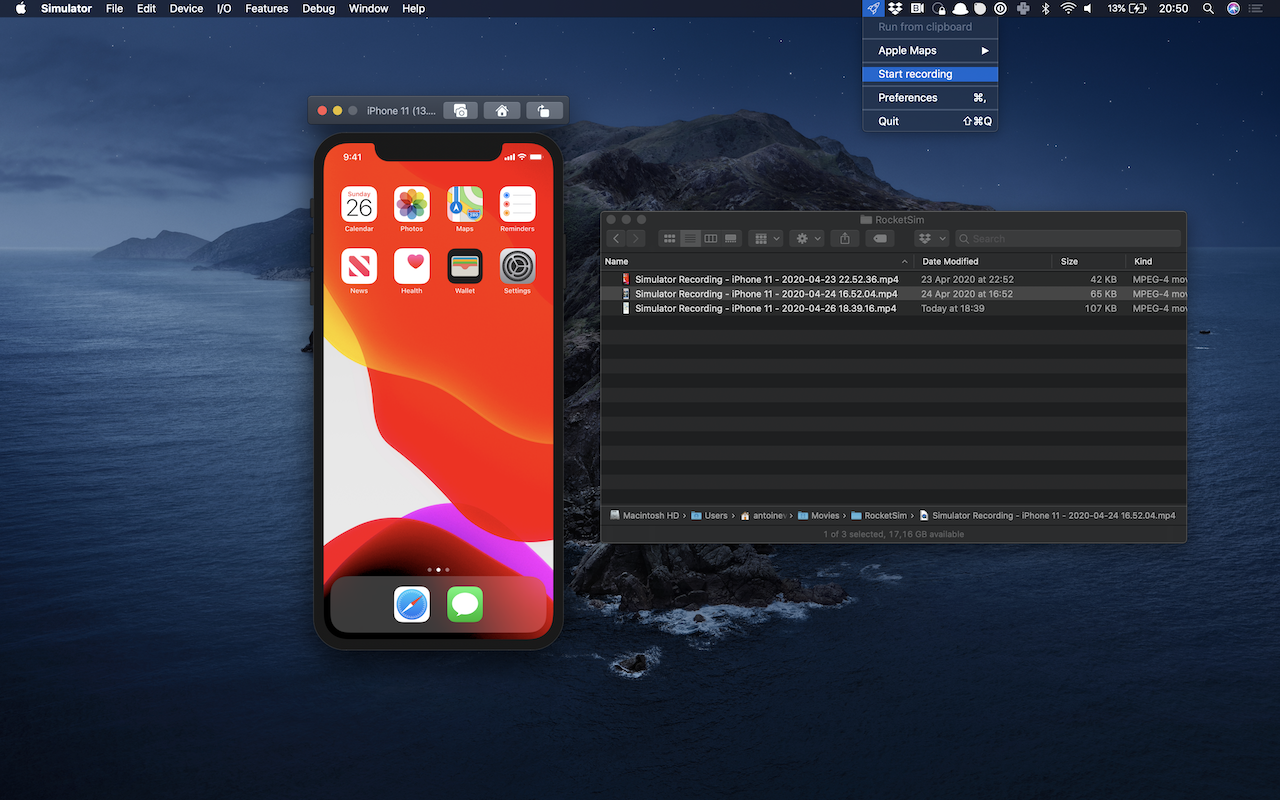- The simulator is sort of less than an emulator. It's tightly coupled to the iOS SDK and even uses some of the Mac OS SDK. Neither of those are available or supported in a Windows environment. The only real solution to not having a physical mac is to either build a hackintosh or try to run Mac OS in a VM.
- This Tutorial helps to How to Install iOS Simulator on Mac OS MojaveThanks friends for watching this video,Kindly Subscribe & Support Our Channel.
- Darling is a translation layer that lets you run macOS software on Linux. Darling runs macOS software directly without using a hardware emulator. Like Linux, Darling is free and open-source software. It is developed openly on GitHub and distributed under the GNU GPL license version 3.
Have you ever wondered how to launch a specific iOS simulator directly using the ionic cli instead of launching XCode and choosing the simulator from the list? I have... many times... But I was always too lazy to look for the answer. As it turns out, it's pretty simple. And it's quite helpful when you want to debug your iOS app using Ionic's live reload feature!

So, as I said, when you run ionic on iOS with live reload, you run this:

But at the end of all these complicated build lines you can read:
Ipad Emulator For Mac
'Oh! So I could specify a target!' And then the simulator launches and the idea of specifying a target just vanishes until the next launch.
Well, no more laziness, sir! Let's specify this bloody target!

Xcode supports debugging, testing, and profiling your iOS app natively on Macs with Apple silicon. When you open your iOS project in Xcode 12 or later, you have the option to build your app and run it directly on macOS. This option doesn’t run your app in a Simulator; it runs it as an iOS App for Mac. Dec 24, 2019 If you are seeking to run iOS apps on your laptop, here are the 20 best iOS emulators to run iOS apps on Mac and Windows. There are nine most popular mobile operating systems in the world, including Android, iOS, BlackBerry OS, Bada, MeekGo OS, Windows Mobile, and others.

There seems to be more than one command line available to do this, but hey, we only need one that's working. Just run:
You should see a list of all the simulators available like this:
Macos Run Ios Simulator Download
OK, so now we have our available simulators. We just need to specify it to Cordova! And that's done like that:
And that's it folks! The iPhone 6 simulator will launch instead of the default one. That was easy, right?
If you have questions or remarks concerning this article, please feel free to share them in the comments below!